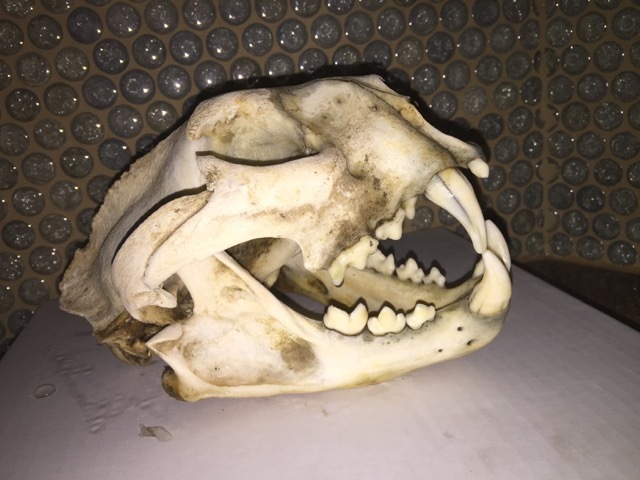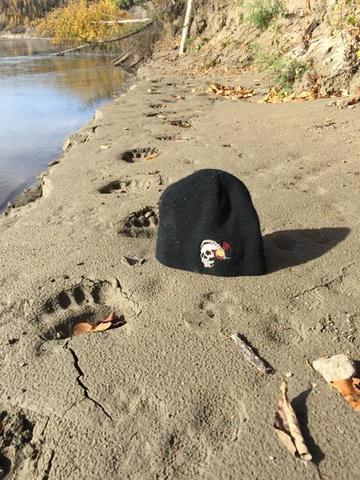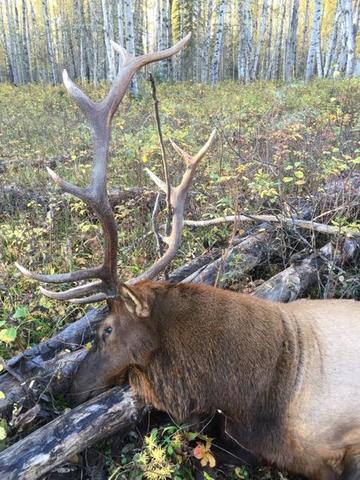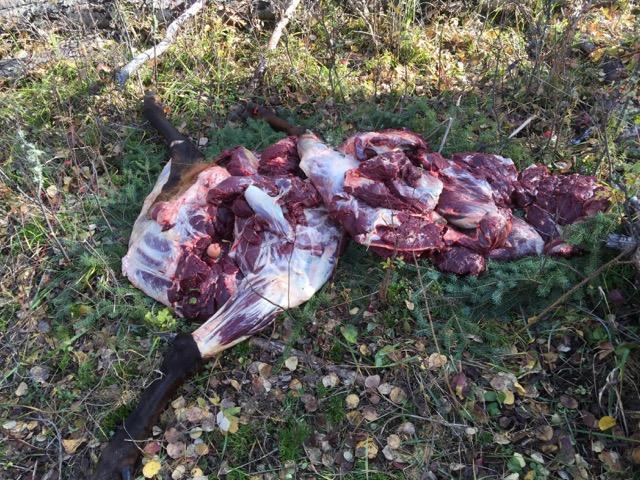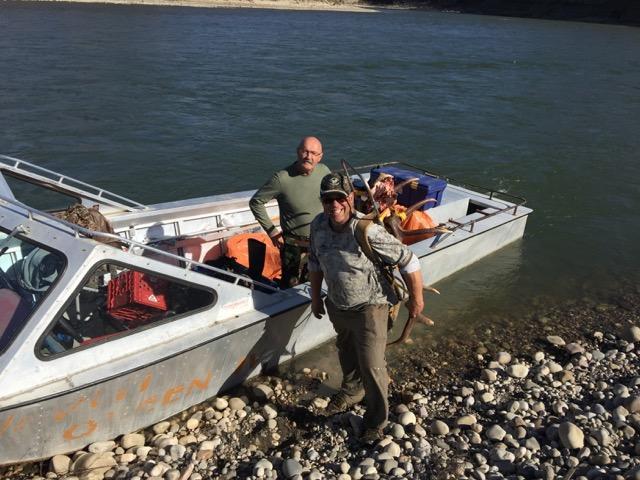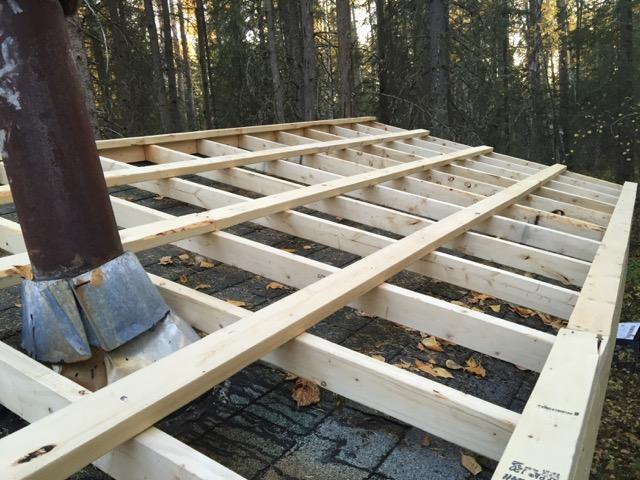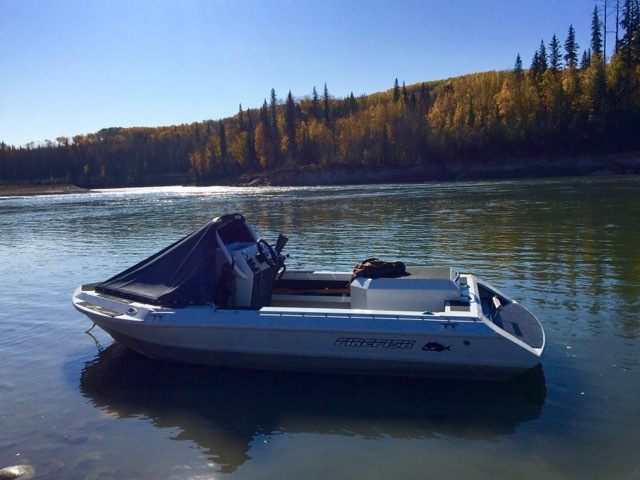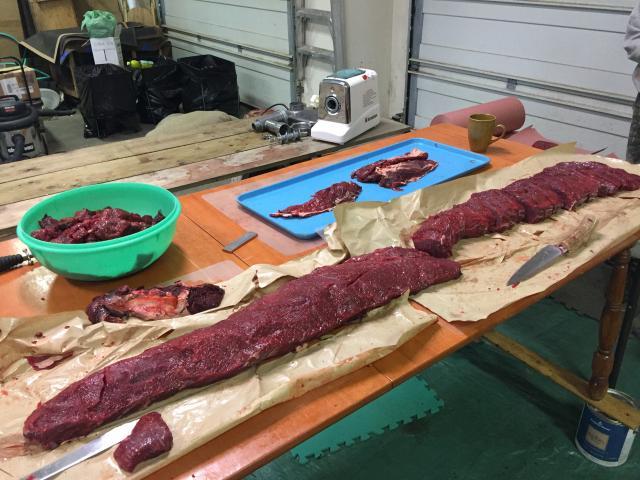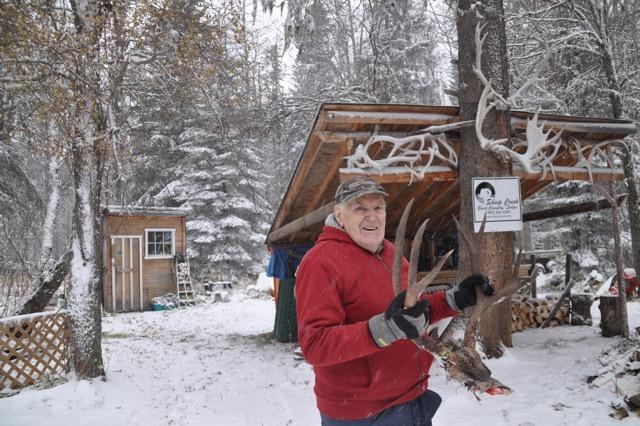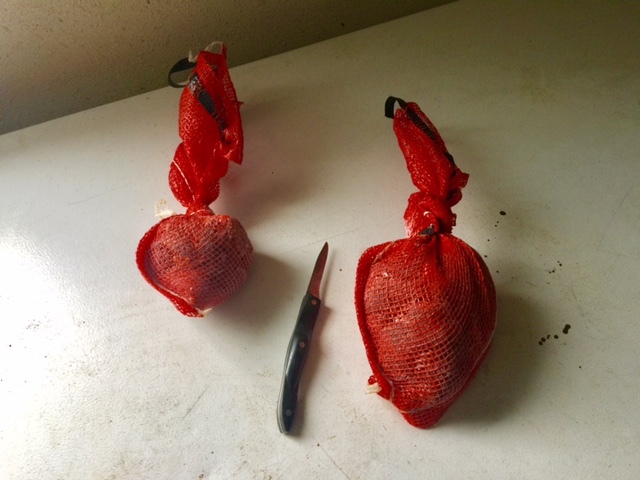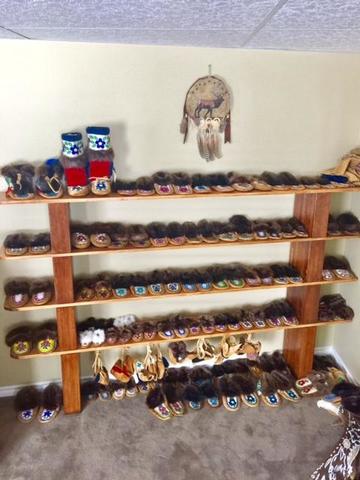I had put this up in a post a few years ago but I will add it here as it pertains to the discussion and it should add to the conversation.
Brian if you want the post moved to a new thread just say the word.
My take on loading came from models of prebuilt snares I got from Rally Hess. A master snareman and someone that believes heavily in loading. The terminology and such that I put on here is my own concoction to make it more clear. The cable I am using is 1/16th 7 by 7 and prone to be a teardrop. I post this here to show that loading can have huge affect on shape.
Yukon you ask why people dislike a teardrop. A lot more taken with tear drop than without that is for sure. But that comes from far more snares being made without than with IMO. As well as trapper not knowing how to load them. I use the same method as Bctomcat.
When I look at a teardrop I see a snare shape exactly opposite of the shape I would want for the target. A large mass going in on top. (the head of a wolf or lynx) and a large opening on the bottom. (the feet). Creating a snare that I believe would be more prone to a leg being alllowed to enter the snare with the head. It just feels better to me to have the rounder shape. And one more conducive to the head up high in the snare. And I think you can get by with a smaller opening as so much of the loop is not having in a non target area. Creating even more weight on the snare distorting the shape.
I like the idea of having the large opening up high where the head is entering. Also it covers a wider area of the trail where the target is coming through. (the head).
That can't hurt. But more importantly is the speed. You have to drag closed a teardrop shaped snare all the way to the end. Compared to a loaded snare that naturally wants to close. Causing less pull on the animal and less likely for detection and backout.
Example of a 7 by 7 1/16 inch cable snare
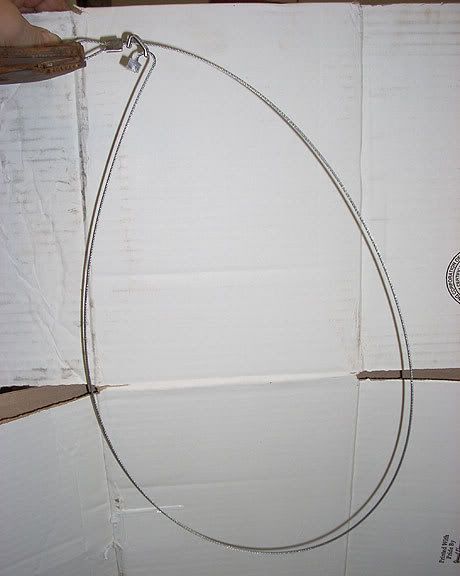
Take that same snare and build in some lift on the cable behind the lock and you begin to get a shape that opens up the snare for better head entry.

Take that same snare and load and shape it and you will end up with this.
Granted this is not a wolf snare but I bet you can go a long way to opening up the shape and make it a lot faster with loading it. The picture like the ones above were taken with the snare held vertical not laying down. This is the hanging shape.
I achieve this by loading and shaping. The loading and shaping zone are described on the box.
Heavily loading the first inches past the lock dictates the direction of the cable as it circles around. I like to shoot for a horizontal direction rather than the slanted one you get with a teardrop. I continue to load further but with a lot less pressure. I also like to shape the cable in the shaping zone as well to round out the opposite side. Done the same way as loading but with a lot less pressure.
And wow fast in comparison to a teardrop is saying it lightly. You just can't compare how a teardrop snare closes compared to a loaded snare. A
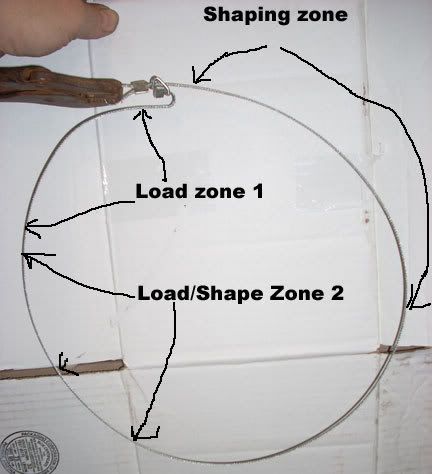
Here inlies the issue you have to be very careful when loading snares. Many snare you build are not set up to take loading. Thus a good reason to make your own.
When you load heavily you need to account for the curling of the cable within the lock. Compare the two photos below.
This snare can not be loaded.
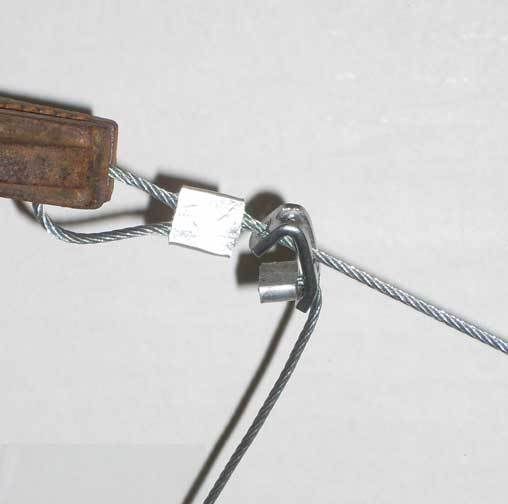
This snare can be.
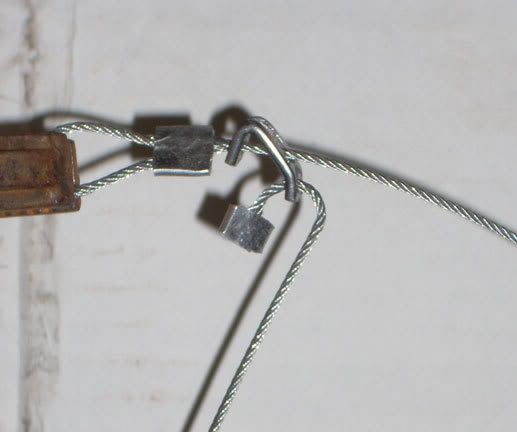
Resulting in this.
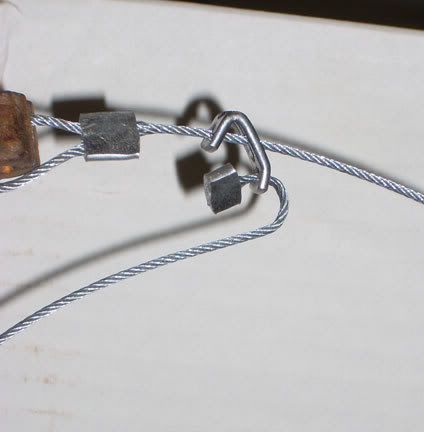
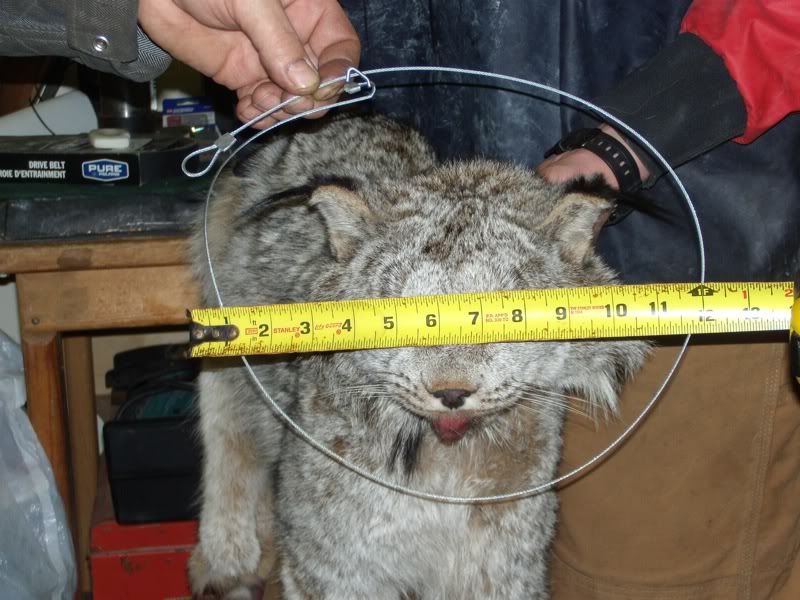

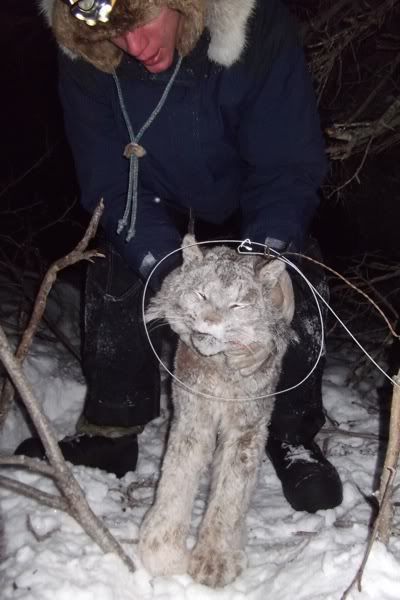
When I look at this snare I see a small opening that could possibly brush up agains the side of a wolf's head and cause him to defer to the right or left or even back out. haha. Watch you will probably get a perfect catch in it. ;0)
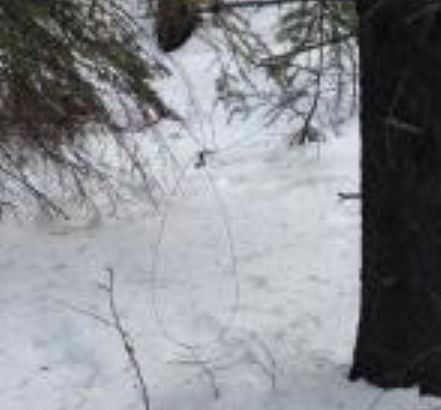
Hopel this helps some guys new and old to snaring. Brian I hope it adds to your journal.
We can move the discussion on loading to a new thread if people are interested in carrying it on further.















